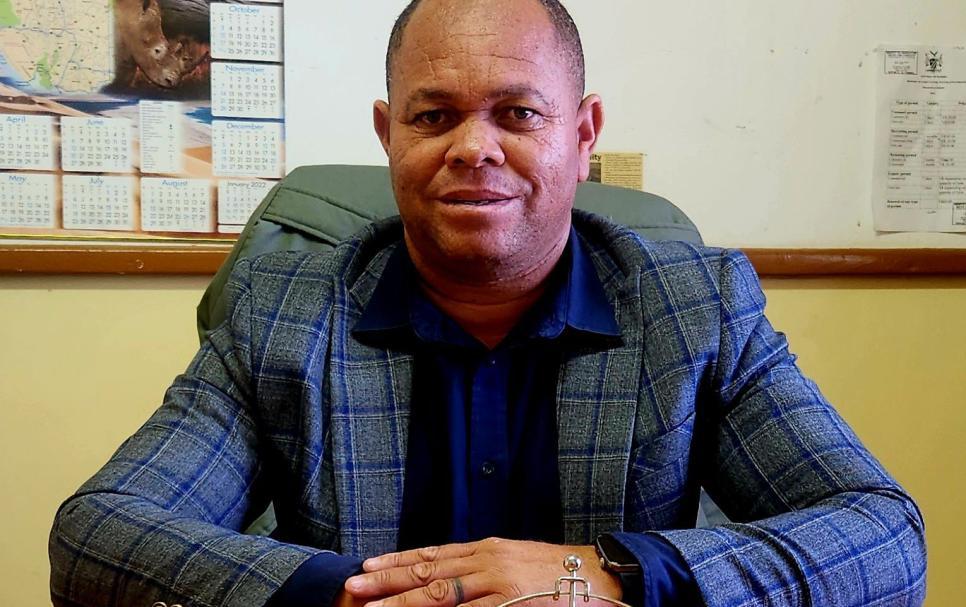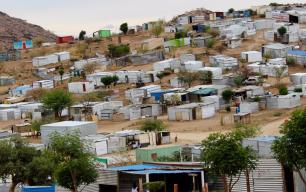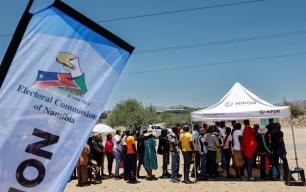Green Hydrogen: Namibia’s golden chance or risky gamble?

Namibia stands at a crossroads. Few countries in the world have been blessed with the same combination of vast land, strong coastal winds, and intense desert sun. These natural gifts give our nation a unique opportunity to become a global leader in green hydrogen – the clean fuel of the future. The excitement is real. Investors are circling, international headlines are glowing, and government strategy documents are ambitious.
The flagship Hyphen project alone promises billions in investment and thousands of jobs. If all goes according to plan, Namibia could become a cornerstone of the global energy transition. But here’s the hard truth: green hydrogen will not automatically transform Namibia unless we make deliberate choices today. Without careful planning, transparent governance, and real
community benefits, our “golden chance” could easily become a risky gamble that leaves Namibians with little more than promises.
The current picture
Namibia has moved fast. The Green Hydrogen and Derivatives Strategy has been launched, key land parcels identified, and early project agreements signed. International financiers have shown interest, and the first desalination plants linked to hydrogen are already being discussed. Yet the obstacles are equally clear. Water scarcity is Namibia’s number one challenge. Electrolysis needs fresh water, and our country is drought-prone. Large-scale desalination is the only solution, but it is expensive and brings environmental risks from brine disposal.
Land allocation is another flashpoint. Communities are questioning how state land is being leased to private investors, and whether people living nearby will share in the benefits. Environmental concerns are real too: southern Namibia’s coast and desert are fragile ecosystems,not empty wastelands. Finally, our grid, ports, and roads are not ready for gigawatt-scale hydrogen projects – and without upgrades, exports cannot flow.
The way forward – practical, not just political
Namibia must avoid falling into the trap of chasing headlines instead of building a solid foundation. A practical, phased approach is the only way forward.
First, start small and scale up. Instead of rushing straight into gigawatt mega-projects, Namibia should insist that developers prove their ability through smaller pilot and commercial phases.
These projects will teach us what works, create early jobs, and help us fix mistakes before they become billion-dollar problems.
Second, make water security non-negotiable. Every hydrogen project must come with its own desalination solution and a clear plan for brine management. At the same time, investors should be required to share some of this water capacity with nearby towns and farms. Green hydrogen cannot come at the cost of thirsty Namibians.
Third, govern with transparency and independence. All land leases, procurement contracts, and environmental studies must be published openly. A dedicated hydrogen regulator – or an empowered existing authority – should enforce rules, mediate disputes, and ensure that promises to communities are legally binding.
Fourth, capture more value at home. Exporting raw hydrogen makes little sense when Namibia could instead produce green ammonia or fertilizer. These products are easier to ship, have steady markets, and create more local jobs. At least part of the industry must be rooted in value-added production, not just raw exports.
Fifth, invest in people, not just plants. Every project should include measurable local content: training programmes, scholarships, SME support, and technology transfer. A national Green Hydrogen Skills Fund, seeded by project levies, could equip Namibian youth to take up jobs in engineering, maintenance, logistics, and research.
Finally, protect our environment. Namibia’s pristine desert and coastline are part of our
heritage and a source of tourism income. No project should be allowed to destroy biodiversity. Independent monitoring, strong offsets, and open data are essential.
Conclusion: a narrow window of choice
Namibia has a rare opportunity to write its own chapter in the global clean-energy story. The sun and wind are ours, but whether green hydrogen truly benefits Namibians depends on choices we make today. We must be bold, but also wise. If we phase projects sensibly, secure water, govern transparently, insist on local value addition, and protect our environment, Namibia can indeed become a world leader – not just in exporting energy, but in showing how a small African nation can turn natural advantage into lasting prosperity.
The world is watching, and the window is narrow. Let us act with urgency, but also with responsibility. Green hydrogen must not just be Namibia’s next export boom; it must be Namibia’s next development story.
Contributed By Nocky Kaapehi
- 229 views










Comments